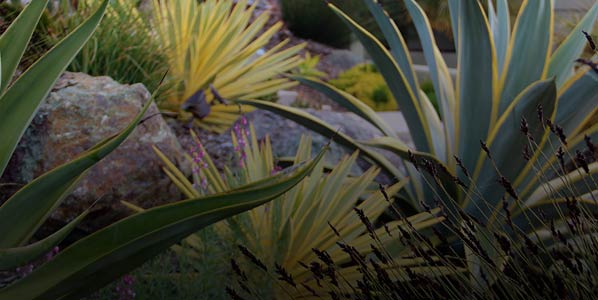Plant Propaganda: Interview With A Designer
 Gardens by Gabriel asked Kaveh Maguire, a horticulturist and new resident of Los Osos, to elaborate on his techniques and strategies as a garden designer. Kaveh graduated alongside Gabriel from the New York Botanical Garden's School of Professional Horticulture.
Gardens by Gabriel asked Kaveh Maguire, a horticulturist and new resident of Los Osos, to elaborate on his techniques and strategies as a garden designer. Kaveh graduated alongside Gabriel from the New York Botanical Garden's School of Professional Horticulture.
1. How you know where to begin your projects?
Generally I take whatever input the client gives me (type of garden they want, type of plants they do like or don't like) and make a list of plants that fit that scheme and that are currently available at the wholesalers we buy from. In terms of design, I like to pick a few high-impact specimen plants from the list I created and place them in the design first. Then I sketch the drifts of smaller plants around them.
2. What are basic design techniques that you employ when creating a space?
Playing around with color is my favorite thing. Trying to find harmonious, complementary, or contrasting colors is really fun and is great for creating moods in the garden. Repetition of a plant or a color is a neat way to draw your eye around different areas of the garden. If you put a grouping of one plant at the entrance to a garden, try putting grouping of the same or a similar plant on the far side. Striking a balance between specimen plants and large drifts of plants is also very important. Too many specimens and it can become a bit of a circus; too many drifts of the same thing can be dull.
A simple trick: In school I was taught "the rule of three." i.e. Always use at least three of the same plant and always plant in odd numbers. (I sometimes find myself falling back on this out of habit but over time I've actually learned to go without it.) "The rule of three" is most important when the plants are young and small because it's easy to see how many there are. Since plants don't grow in a uniform pattern and will generally meld together, after a few months it is almost impossible to tell how many are there. So plant some things in large drifts but don't be afraid to have ones and twos of larger plants. Also, remember that doing everything in large numbers isn't very helpful for the person with the small garden.
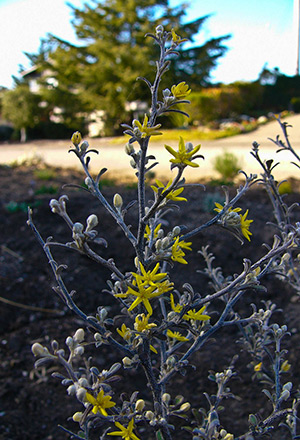
3. How do you know which plants to put next to one another?
This takes some knowledge about the cultural requirements and origin of the plant. For example, you might not want to put something that is a water-loving, big-leaved tropical next to a silver-leaved Mediterranean-climate plant. (There are of course exceptions to that rule.) Once you have all that sorted out and have a list of plants you want to work with, color and texture become important. I have an art background so I am pretty good at mixing colors, but sometimes the unexpected can work really well together even if you think it might be jarring. Some of the most beautiful combinations might just be happy accidents--don't be afraid to make mistakes.
After color and texture, shape is very important. e.g. Having three upright spiky plants in a row might not be very exciting. Try replacing one of those with something that has big, round flowers and the other one with a plant with soft, arching stems that blow in the breeze. Getting all these combinations right on paper is not as simple as it may seem. After I have drawn my initial concept, I like to do an imaginary walk-through of the garden through each path and walkway to observe the views from specific vantage points, or look out windows of the house.
Remember: A well-grown plant in full bloom is always lovely to see in a garden, but the gardens that really make an impact, the ones you remember later, are the ones with thoughtful plant combinations.
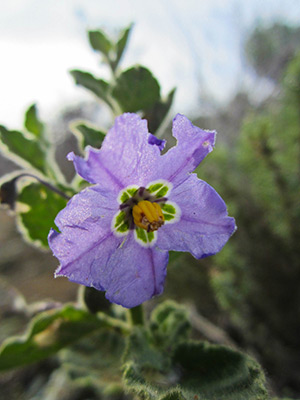
4. Is there a way to reflect your personality in the garden?
Myself, I'm still at the stage in my career where I want to try something different in every garden I design, but I do have a few plants that I really like to include when appropriate. Dierama pendula in herbaceous gardens, Euphorbia resinifera in succulent gardens, and I haven't used it much yet but I am leaning towards Grevillea 'Long John' as my go-to shrub. I know Gabriel has some favorites, too, so I like to include those as well so the garden has that "GBG feel" to it.
5. What elements do you consider to be crucial in designing a garden?
I think the most important thing is giving the client a garden that they will love spending time in. At the initial meeting I really try to get an idea of what they will respond to. Whether it is a style of garden they want, a specific plant they love, or a color that sets their teeth on edge. Of course I would love it if they just said "Oh we'll be happy with whatever you think looks best" but of course this isn't always going to be the case. So being a good listener and communicating with the clients is probably the best trait a designer can have.
6. What small steps can someone take to make their garden more ecological?
Here on the Central Coast, the smallest step is a big step: Get rid of your lawn! Water is a precious resource in California and we generally have complete drought for at least half the year (and more this year!). A well-maintained lawn is a high-maintenance water hog and requires fertilizers and other chemicals that are bad for the environment and your family's health. If you must have that lawn, there are several more ecologically sound "no-mow" alternatives. For your plant choices, keep in mind that even though we can grow almost any plant doesn't mean we should. At the top of your list should be plants that are from a Mediterranean climate like ours. i.e. Plants that are tolerant of wet winters and dry summers. You aren't limited to just California native plants (though there are many beautiful ones to choose from); other Mediterranean climates include plants from Mediterranean countries themselves, central Chile, western South Africa, and parts of western and southern Australia. These five areas have some of the most beautiful and diverse plant genera in the world. Of course succulents are another great choice.
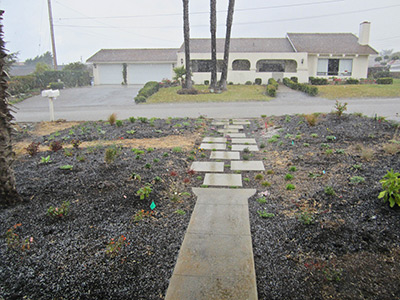 If you want to create a native or low-water garden, do consider consulting with a designer for help. Especially if you are living in an area with lots of cookie-cutter green lawns and you don't want your neighbors getting mad at you for putting in a weedy-looking mess that they think is an eyesore that will bring down the value of their home. (If it looks awful they won't care that you are saving on your water bill and are attracting wild life.) A designer can help you create something beautiful and more ecological that your neighbors will want to emulate rather than complain about.
If you want to create a native or low-water garden, do consider consulting with a designer for help. Especially if you are living in an area with lots of cookie-cutter green lawns and you don't want your neighbors getting mad at you for putting in a weedy-looking mess that they think is an eyesore that will bring down the value of their home. (If it looks awful they won't care that you are saving on your water bill and are attracting wild life.) A designer can help you create something beautiful and more ecological that your neighbors will want to emulate rather than complain about.
7. Is there anything else you'd like to add?
I've already said too much!
Kaveh Maguire is a horticulturist and garden designer who blogs at http://plantpropaganda.wordpress.com/

